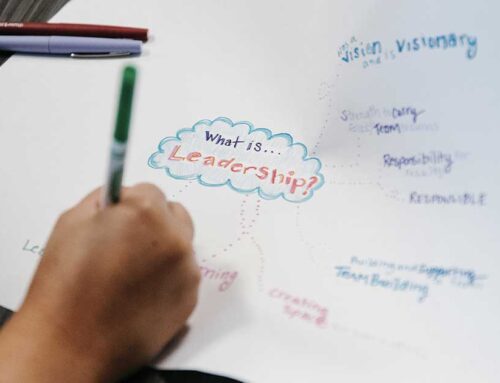 Shared Delivery of Arts Education
Shared Delivery of Arts Education
At the top of AEC’s website is our mission: “we strengthen education by making the arts central to learning through collaboration, research, and advocacy.” AEC has been pursuing this goal for the better part of twenty years, during which No Child Left Behind became law, Pennsylvania adopted state standards in the arts and humanities, the Great Recession affected schools’ bottom lines, the Every Child Succeeds Act created another wave of changes, and the National Coalition for Core Arts Standards rolled out revised guidelines for the arts.
It might be fair to ask, then, after two decades: what does it actually look like to make the arts central to learning? Put simply, it looks a lot like fostering teamwork. “Collaborative” is in our name, after all. We work collaboratively and emphasize relationship building among educators, whether between teachers in one district or between educators and organizations from across the region. Arts education is a shared responsibility. Collaboration among diverse stakeholders is a necessary precondition for deep learning in all art forms for children of all ages.
National organizations like State Education Agencies Directors of Arts Education (SEADAE) and Americans for the Arts have articulated and supported a shared delivery model, popularly referred to as the “three-legged stool.” The legs of this stool are:
- Certified arts teachers
- General and non-arts subject teachers
- Community arts providers and professional artists
All of these educators play essential roles in teaching the arts and supporting arts education programs. Take away a single leg, and the stool falls over. AEC has primarily worked with certified arts teachers and administrators to systemically strengthen arts education programs at the school district level. These certified arts teachers are critical to ensuring that standards-based, sequential arts instruction is available to all students during the school day. And certified arts teachers cannot do this work alone. Here at AEC, we work in partnership with local organizations and networks that support arts integration efforts and arts partnerships. The vital work of non-arts teachers and arts partners connects to, deepens, and enhances arts specialists’ instruction both during and outside of the school day.
Each of these three arts educator categories brings assets and limitations to the table. Certified arts teachers possess a deep knowledge of arts standards and sequential curriculum, yet they often see large numbers of students each week with minimal instructional time per student. General classroom teachers see students much more frequently and can engage deeply with them in their content areas, but may not have the knowledge or level of comfort needed to integrate the arts into their instruction. Community arts providers and teaching artists can have deep professional arts practices and interdisciplinary skills, but their contact time with students is typically limited and they may lack the training and experience to successfully teach in formal school settings.
When all three legs work in concert, however, students benefit from arts learning opportunities throughout the school day, as well as developing more meaningful connections with the arts in their communities. This delivery mechanism has been implemented by organizations such as the Arts Ed Collective (formerly Arts for All) in Los Angeles and Big Thought in Dallas. Other perspectives add a circle of shared leadership that brings in policymakers, advocacy groups and the community. Central to all of these visual models are the students.
AEC supports the arts education shared delivery model. Our professional learning opportunities often bring together teachers and administrators with teaching artists from the region. During school district self-assessment, we make a point of highlighting partnerships and collaborations within the community. As part of our program evaluation, we carefully count the contacts that emerge between educators working in schools and organizations like 1Hood Media and Attack Theatre or presenters at multi-day workshops.
Shared delivery is a relatively recent idea in arts education in the United States. When fully embraced by administrators and teachers who are willing to learn from one another, this collaborative model has immense potential to offer content-rich, personally relevant learning opportunities that deepen student learning.






